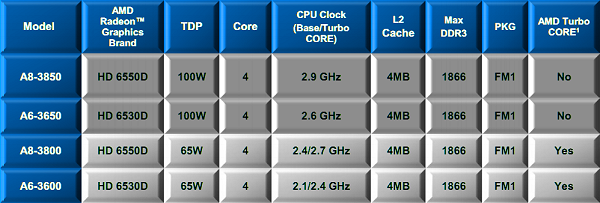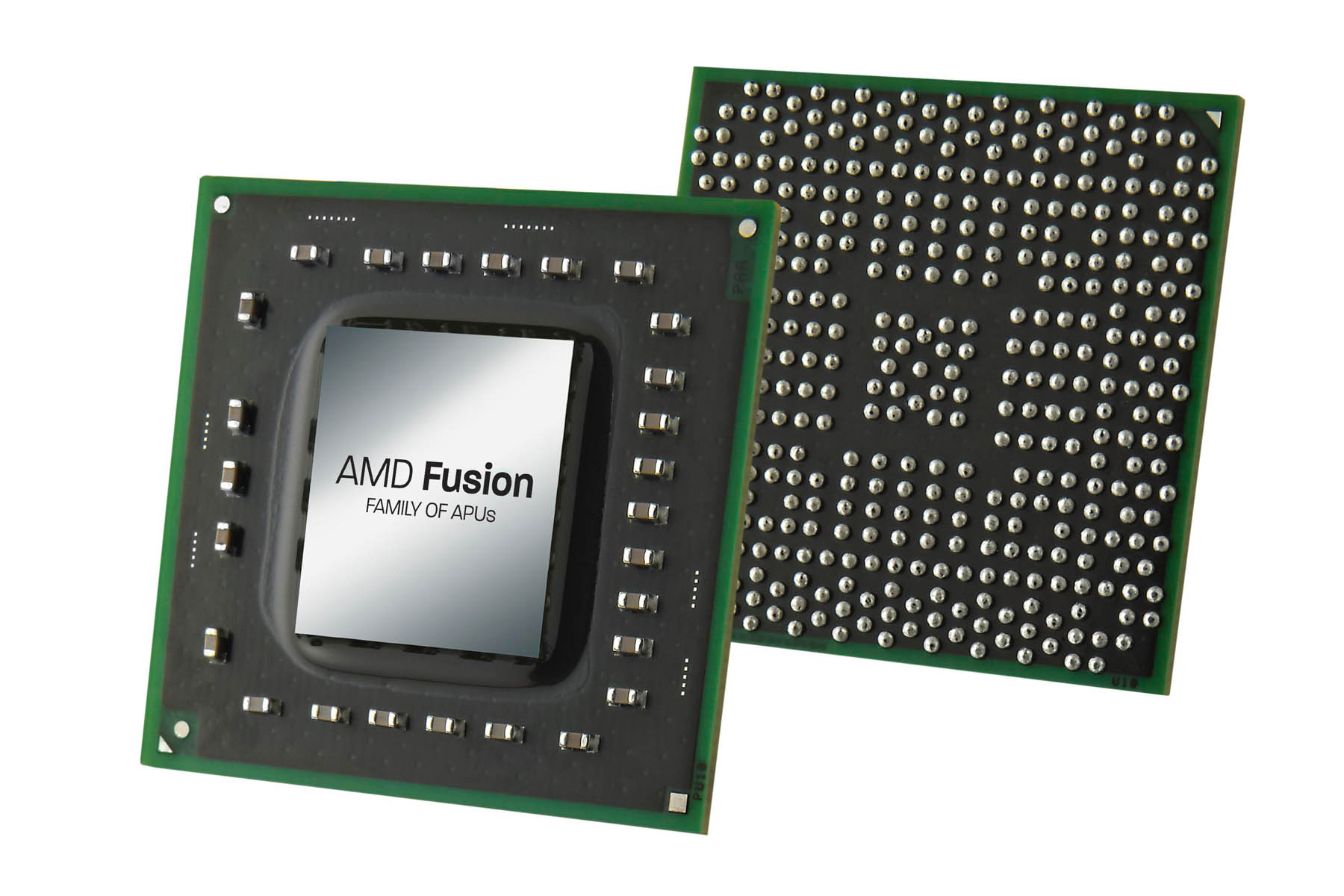We got our first look at AMD's Fusion series earlier this year when we reviewed the company's dual-core Zacate 18W processor, formally known as the E-350 APU. Fusion is the marketing name for a series of APUs (Accelerated Processing Units) that AMD has been developing since 2006 when it acquired ATI.
As you should know by now, Fusion is all about combining general processor execution along with 3D geometry processing and other functions of modern GPUs into a single chip.
The E-350 we examined in February was part of AMD's "Brazos" platform and combined a pair of Bobcat cores with a Radeon HD 6250 graphics unit to deliver some truly impressive performance. Not only was the E-350 more powerful than Intel's Atom when it came to raw processing power, but the GPU was also much faster than anything we had seen paired with the Atom before, including Nvidia's Ion.

Following in the footsteps of Brazos, AMD is now ready to unleash its bigger brother. Codenamed "Llano," the new arrival resides in AMD's "Lynx" platform and packs four Husky cores (very similar to what's inside Athlon II processors – more on that later), along with a robust GPU based on the Evergreen family's Redwood architecture.
As a refresher, the Evergreen GPUs powered AMD's last-generation Radeon HD 5000 graphics cards. Llano's graphics core feature anywhere from 160 to 400 stream processors, which should make them considerably more powerful than any other integrated graphics solution we have seen to date.
Because the Llano APUs are part of an entirely new mainstream desktop platform (Lynx), they require a new socket. Dubbed "Socket FM1," new format will support A-Series processors and uses a PGA (Pin Grid Array) packaging with 905 contacts.
AMD has plans to ship many different A-Series APUs, which are broken down into three key families. High-end models will belong to the A8-Series and will be quad-core processors that utilize the Radeon HD 6550D graphics core operating at 600MHz. The A8-3850 runs at 2.9GHz and the A8-3800 does its work at 2.4GHz, but that speed is boosted via AMD's Turbo Core technology and can therefore operate at up to 2.7GHz. The A8-3850 has a TDP rating of 100 watts, whereas the A8-3800 is rated at just 65 watts.

At the mid-range point we have the A6-3650 and A6-3600 APUs – also quad-core processors. These have been downgraded to a Radeon HD 6530D which is around 40% slower on paper. The A6-3650 operates at 2.6GHz without support for Turbo Core technology and yet receives a 100-watt TDP rating, while the A6-3600 runs at 2.1GHz with a 2.4GHz Turbo Core frequency and receives a humbler 65-watt TDP. All of the quad-core chips feature 4MB of L2 cache.
The A6-Series will also house a triple-core A6-3500 that runs at 2.1GHz with dynamic boosts of up to 2.4GHz, 3MB of cache and a 65W TDP. Farther down the line, AMD's budget dual-core A4-3400 and A4-3300 APUs operate at 2.5GHz and 2.7GHz (neither supports Turbo Core). Both have 1MB of cache and a Radeon HD 6410D, with the former clocked at 600MHz and the latter at 443MHz.
Now that you're up to speed with Llano's desktop lineup, let's dissect the new architecture and greet AMD's new flagship APU with our customary battery of tests.
